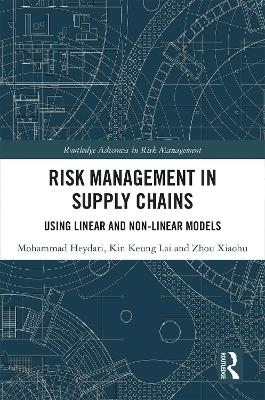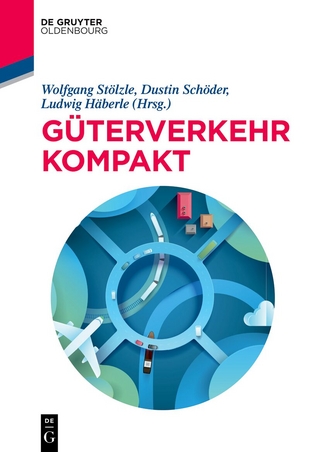
Risk Management in Supply Chains
Using Linear and Non-linear Models
Seiten
2019
Routledge (Verlag)
978-0-367-35951-5 (ISBN)
Routledge (Verlag)
978-0-367-35951-5 (ISBN)
The book examines is how long companies specifically take to respond to catastrophic events of low probability but high impact. The book also looks at why such supply chain disruptions are unavoidable and consequently, all complex supply chains are inherently at risk.
The book examines a relatively unexplored issue in supply chain risk management, which is how long companies specifically take to respond to catastrophic events of low probability but high impact. The book also looks at why such supply chain disruptions are unavoidable, and consequently, all complex supply chains are inherently at risk.
The book illustrates how companies can respond to supply chain disruptions with faster responses and in shorter lead-times to reduce impact. In reducing total response time, designing solutions, and deploying a recovery plan sooner after a disruption in anticipation of such events, companies reduce the impact of disruption risk. The book also explores the basics of multiple-criteria decision-making (MCDM) and analytic hierarchy process (AHP), and how they contribute to both the quality of the financial economic decision-making process and the quality of the resulting decisions. The book illustrates through cases in the construction sector how this industry has become more complex and riskier due to the diverse nature of activities among global companies.
The book examines a relatively unexplored issue in supply chain risk management, which is how long companies specifically take to respond to catastrophic events of low probability but high impact. The book also looks at why such supply chain disruptions are unavoidable, and consequently, all complex supply chains are inherently at risk.
The book illustrates how companies can respond to supply chain disruptions with faster responses and in shorter lead-times to reduce impact. In reducing total response time, designing solutions, and deploying a recovery plan sooner after a disruption in anticipation of such events, companies reduce the impact of disruption risk. The book also explores the basics of multiple-criteria decision-making (MCDM) and analytic hierarchy process (AHP), and how they contribute to both the quality of the financial economic decision-making process and the quality of the resulting decisions. The book illustrates through cases in the construction sector how this industry has become more complex and riskier due to the diverse nature of activities among global companies.
Mohammad Heydari is a PhD student in Management Science and Engineering at the School of Economics and Management, Nanjing University of Science and Technology, China. Kin Keung Lai is Professor at the College of Economics, Shenzhen University, China. Zhou Xiaohu is Professor at the School of Economics and Management, Nanjing University of Science and Technology, China.
1. Introduction 2. Risks in Economics 3. Models of Risks in Economics 4. Risks in Supply Chain Management 5. Models of Risks in Supply Chain Management 6. Risks in Environmental Management 7. Models of Risks in Environmental Management
| Erscheinungsdatum | 26.09.2019 |
|---|---|
| Reihe/Serie | Routledge Advances in Risk Management |
| Zusatzinfo | 56 Tables, black and white; 55 Line drawings, black and white; 55 Illustrations, black and white |
| Verlagsort | London |
| Sprache | englisch |
| Maße | 156 x 234 mm |
| Gewicht | 453 g |
| Themenwelt | Wirtschaft ► Betriebswirtschaft / Management ► Logistik / Produktion |
| Wirtschaft ► Betriebswirtschaft / Management ► Unternehmensführung / Management | |
| Wirtschaft ► Volkswirtschaftslehre | |
| ISBN-10 | 0-367-35951-0 / 0367359510 |
| ISBN-13 | 978-0-367-35951-5 / 9780367359515 |
| Zustand | Neuware |
| Haben Sie eine Frage zum Produkt? |
Mehr entdecken
aus dem Bereich
aus dem Bereich
Grundlagen - Spezialthemen - Übungen
Buch | Softcover (2022)
Springer Gabler (Verlag)
39,99 €


